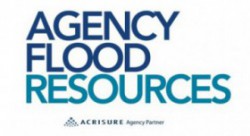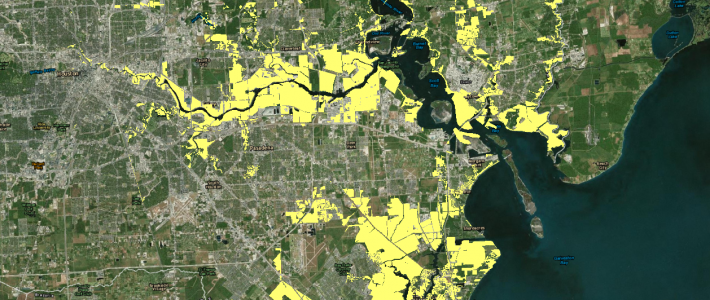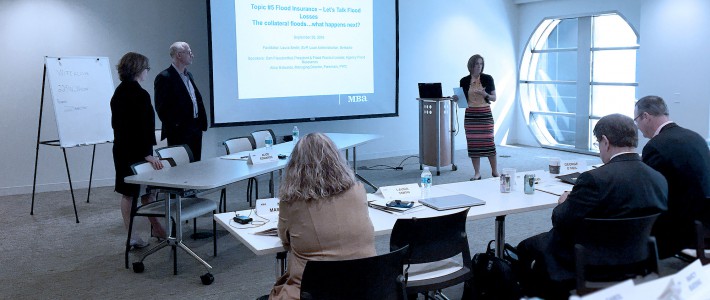Communities depend on dams, levees and floodwalls to minimize the risk of flooding. Nationwide, the number of dams built for the purpose of flood control is as high as 16,179, along with approximately 22,000 levees and 15,000 floodwalls, according to the U.S. Army Corps of Engineers (USACE) National Inventory of Dams and National Levee Database.
Many of those dams, levees, and floodwalls are considered primary flood control structures and must abide by the modeling outlined in the flood control manuals during the rainy season. The modeling is designed to ensure that there’s ample space in the reservoirs to capture heavy river flows and mountain runoff, and to prevent catastrophic flooding downstream. However, many dams, levees, and floodwalls have not been properly maintained and/or follow flood control manuals that have not been updated for decades, and use outdated climatological data and runoff projections. Additionally, limited funding for maintenance and upgrades compounds the risk. For example, only 7.5% of the levees that have been inspected were rated as “acceptable”.
You might ask why is this relevant to me? The answer is because most areas protected by dams, levees and floodwalls are shown as X zones on FEMA flood maps. This means that the owners of most homes and buildings protected by dams, levees, and floodwalls do not maintain flood insurance and may not even be aware that their home or building is protected dam, levee or floodwall. Since so many dams, levees and floodwalls have not been properly maintained, or may be following outdated flood control manuals, you most likely have clients with substantial uninsured flood risk.
Last year was the first year that more than two inland flood events caused losses exceeding $1 billion each. Hurricane Matthew in October and Louisiana flooding in August topped $10 billion each, Houston flooding in April caused losses estimated at $2.7 billion, Sabine River Basin flood in East Texas and Louisiana in March were $1.3 billion, and West Virginia flash and riverine flooding in June topped $1 billion. Interestingly, most of these flood events occurred in X zones.
What’s interesting about Louisiana flash flood in August is that the storm causing the flooding was not even a tropical depression, but the lowest level a tropical system there can be. Yet, more than 10 rivers had reached record levels. It is estimated that nearly one-third of all homes (approximately 15,000 structures) in Ascension Parish were flooded after a levee along the Amite River was overtopped. With an estimated 146,000 structures damaged in the flooding, it was characterized as the worst US natural disaster since Hurricane Sandy in 2012.
Last year, the average annual precipitation in the 48 contiguous states was almost two inches higher than the long-term average. We believe that the recent trend of greater precipitation and a higher number of catastrophic flood events in X zones will continue in the future.
If you are thinking that this is a recipe for disaster, you are correct. We encourage you to be proactive and take steps to identify those homes and buildings owned by your clients that are at much higher flood risk than the FEMA’s flood map portrays. Do not wait for a catastrophic event to impact your clients and your agency. Contact us today to learn how we can help you identify those homes and buildings that may be at a higher risk than you or your insured think. We will provide the information you need to implement a targeted flood insurance sales campaign to the right clients.










